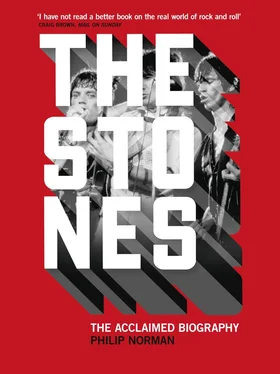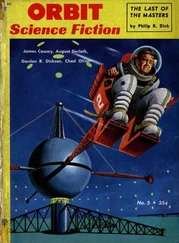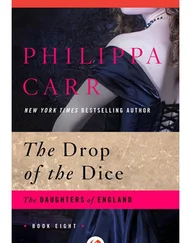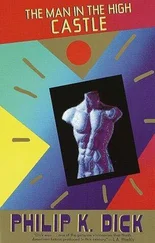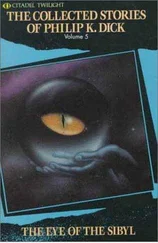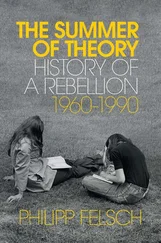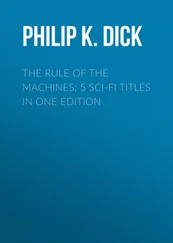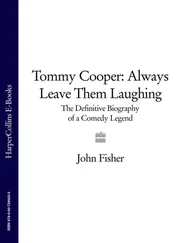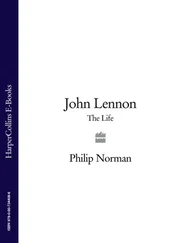So, backstage at Orlando’s Tangerine Bowl, I was finally ushered through concentric rings of security into the enclosure where the Stones foregathered with a few selected VIPs before each show. In one corner, away from the social chit-chat, Mick was limbering up for his two hours onstage, wearing a bright yellow puffer jacket and American football-player’s knickerbockers. When Altham took me over for an introduction, I thought I’d better make it brief; a rock megastar about to face an 80,000-strong audience would hardly be in the mood for small talk.
How wrong I was. Even when psyching himself up to a feat of endurance that seemed remarkable enough for a 38-year-old, the sharp Jagger brain remained ever alert. He told me he’d read Shout! , then, while never slackening his workout, proceeded to correct a minor point of fact about Allen Klein, the manager whom the Beatles and Stones had once shared.
I interviewed him next afternoon beside the pool at his hotel, getting the quiet, thoughtful Mick he puts on for the broadsheet press – and hearing the bizarre claim, to be repeated many times later, that he recalled almost nothing of his career as a performer. That evening, I visited Bill Wyman in his room with the computer – still a great novelty then – on which he claimed to have stored the names and addresses of a thousand different women he’d slept with. Neither Ronnie Wood nor Charlie Watts was difficult to reach: Woody could usually be found propping up some bar or other, while Charlie, who’d always hated touring, was often around in the early morning, wearing what I can only describe as grey flannel culottes and watching rather enviously as British film-crews packed up to go home.
I even joined a trip to nearby Disney World with Keith Altham’s family and Ian Stewart, one of the original members of the band, who later became their roadie and back-up pianist. So I could legitimately say I’d been on Space Mountain with a Rolling Stone.
Confident I finally had my ‘in’, I followed on to the next gig, the giant Astrodome in Houston, Texas, where I saw Mick doing his pre-show recce of the arena, unrecognizable in combat trousers and a camouflage hat pulled down over his eyes. But at the entrance to the VIP enclosure, I was stopped by Jim Callaghan, the hulking Cockney security chief in a crumpled green caftan who’d waved me through so genially a few days before. ‘Where’s yore press-card?’ he snarled. VIP that I now thought myself, I’d left it at the hotel. ‘No press-card, no entry!’ I remember walking away from the Astrodome’s sparkly red lights, thinking, ‘Even when I went to Libya to interview Gaddafi, I wasn’t treated like that.’
Getting to Keith, as might be expected, was an odyssey in itself – one delayed until the following spring, when the 20th anniversary tour reached Europe. First, I was called to see him in Glasgow, where I hung about outside the Apollo Theatre for a whole afternoon and evening under the supervision of police as thuggish as any Stones minders. As I watched one officer roughly disperse a knot of inoffensive girls, he fixed me with a Jim Callaghan glare and demanded, ‘Are you lookin ’ at me?’ Only by swiftly moving away did I avoid being put into the back of a van. Eventually, I received word that Keith would be very busy in both Scotland and England, so preferred to see me when the tour moved on to Paris.
At the Hotel Warwick just off the Champs Elysées I waited in the lobby, then in my room, for a total of fourteen hours. The summons into Keith’s presence did not come until past 3 a.m. We had been talking for only about five minutes when Paul Wasserman’s assistant, Alvinia Bridges, marched in and told me I’d have to stop there as it was ‘time for Keith to have some fun’. I’ve never wanted to strangle someone so much as at that moment.
Back in London, it was some consolation to talk again to Bill Wyman, the Stones’ unofficial archivist, over lunch at an old-fashioned French restaurant named Boulestin, which served Bill’s favourite Provençal rosé, Domaine Ott.
Afterwards, he and his then girlfriend Astrid Lundstrom were due to be photographed by David Bailey, and they invited me to go along. We’d talked so much that we arrived more than an hour late; the great photographer was fuming, but I just shut my eyes and told myself it wasn’t my fault. I expected Bailey to pose his subjects with a lot of Sixties schmoozing and cries of ‘Super!’. His only instruction to Bill, however, was ‘Stand over here, you cunt.’
I didn’t get the Keith interview until two months later, in his suite at the top of London’s Carlton Tower Hotel. I came away charmed by his articulacy and humour, and the honesty and directness that were such a contrast with Mick. Thanks to years insulated from reality by thick-eared bodyguards (quite as harmful to the brain-cells as drugs) he was also a bit of a malapropist. When I think of excitement pumping at a Stones concert, I remember Keith’s word for it: ‘andrenaline’.
Elsewhere I had a somewhat easier time. In 1982, most of the principal supporting characters in the story were still alive – miraculously so in some cases – and all of them agreed to talk to me.
My very first interviewee, in fact, was Andrew Loog Oldham, the inspired young PR man who moulded the Stones into British pop’s first anti-heroes, who almost singlehandedly created the Mick Jagger we know today, and remains unequalled in the music business (save, perhaps, by Malcolm McLaren) for vision, nerve and outrageousness.
By then minus the ‘Loog’ and living in New York, Oldham talked to me in his office in Broadway’s Brill Building, amid the shades of great songwriters like Leiber and Stoller, Goffin and King, and Neil Sedaka. We continued the conversation in downtown Chinese restaurants and then intermittently in London, long after my biography was completed and published. People do not always like what I write about them, but Oldham relished my description of him – prompted by the way he ultimately let the Stones slip through his fingers – as having ‘style to the point of self-destruction’.
Marianne Faithfull in 1982 was just coming out of the long cycle of addiction and self-degradation that had followed her break-up with Mick. I sent a message via her agent asking if she’d see me, and received a polite refusal; then the agent telephoned to say that she’d changed her mind as a result of reading Shout!
We talked in the Chelsea basement flat where Marianne was living with a punk musician, some years her junior, named Ben E. Ficial. Half-way through the evening, having discovered that I’d never taken cocaine, she insisted I must have a line and sent Ben out to get it. She’d already impressed on me (in the granddame manner that once so fascinated Mick) how ill-mannered it was to refuse drugs other people had paid for and taken trouble to obtain. So I inhaled the stuff while she stood over me, going, ‘Come on … you’ve left a bit!’ like a gym-teacher urging some sluggish pupil up the parallel bars. It did nothing for me but make my senses momentarily feel as if they were toppling sideways, and left a scab inside my nose that stayed for weeks.
Two of my most crucial informants were living essentially the same lives in the early Eighties as when they’d hung out with the Stones in the mid-Sixties. Christopher Gibbs, Mick’s one-time aesthetic counsellor, still had an antique shop on Chelsea’s King’s Road, where he gave me an eye-witness account of the legendary 1967 Redlands drug-bust. Robert Fraser, tried and imprisoned along with Mick and Keith – but not released quite so speedily – was still London’s most eclectic art-dealer. Sitting in his Mayfair flat, surrounded by original Jim Dines and John Lennons, he supplied an even more chilling description than Keith had done of heroin’s deadly seductive power.
Читать дальше
